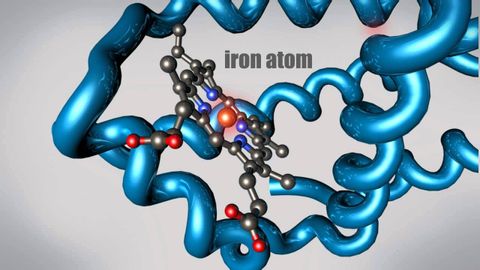
Subtitles & vocabulary
What is a Protein? Learn about the 3D shape and function of macromolecules
00
Cheng-Hong Liu posted on 2014/11/22Save
Video vocabulary
form
US /fɔrm/
・
UK /fɔ:m/
- Noun
- Sports team or person's current winning record
- Document you complete when making an application
- Transitive Verb
- To organize something such as a club or group
- To develop; to come into a shape or substance
A1TOEIC
More protein
US /ˈprəʊˌtiːn/
・
UK /ˈprəʊti:n/
- Noun (Countable/Uncountable)
- Group of molecules made from amino acids
B1
More charge
US /tʃɑrdʒ/
・
UK /tʃɑ:dʒ/
- Verb (Transitive/Intransitive)
- To run quickly toward someone to attack them
- To ask for money as a price for a service or goods
- Noun (Countable/Uncountable)
- An attack by running quickly toward someone
- A price for a service or goods
A2
More Use Energy
Unlock All Vocabulary
Unlock pronunciation, explanations, and filters
